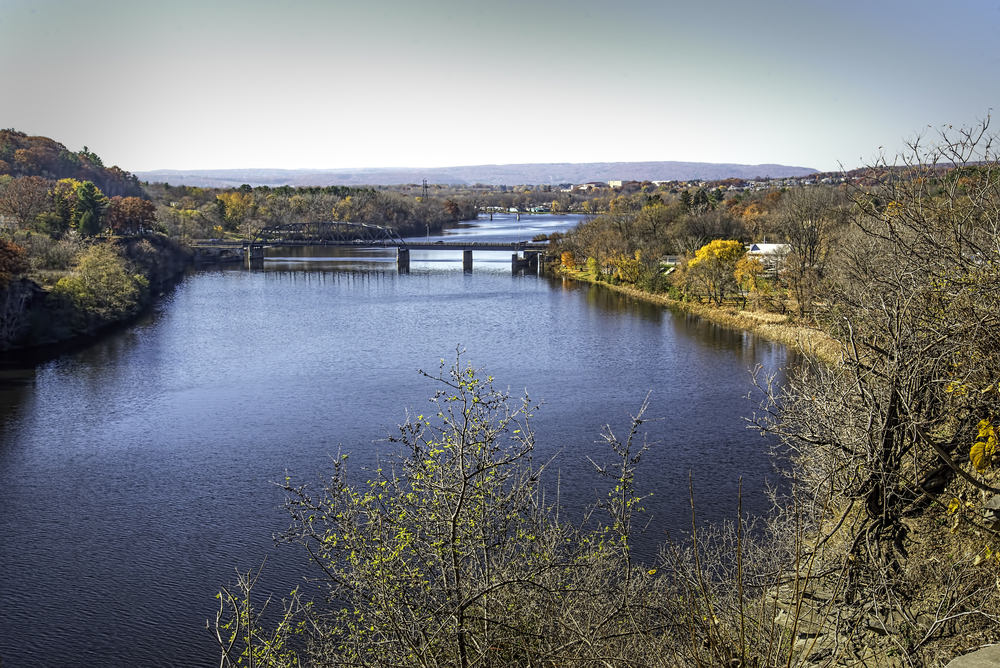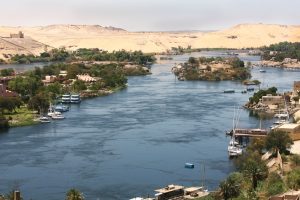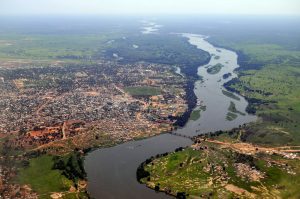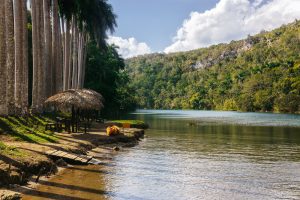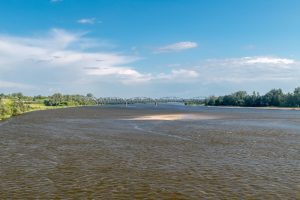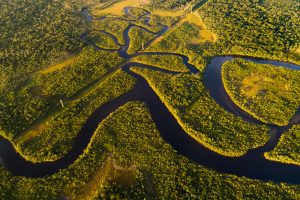It is known that rivers flow downstream as a result of gravity, but that doesn’t always mean they flow south.
There are only a few rivers of the hundreds of thousands in the world that flow north, and it is estimated that there are fewer than 100 in the world.
Some of the biggest rivers in the world flow south to north, such as the Nile River. These are sometimes considered lazy rivers as they do tend to be a little bit slower.
How a river flows will be determined by the parts of a river and where the river is going.
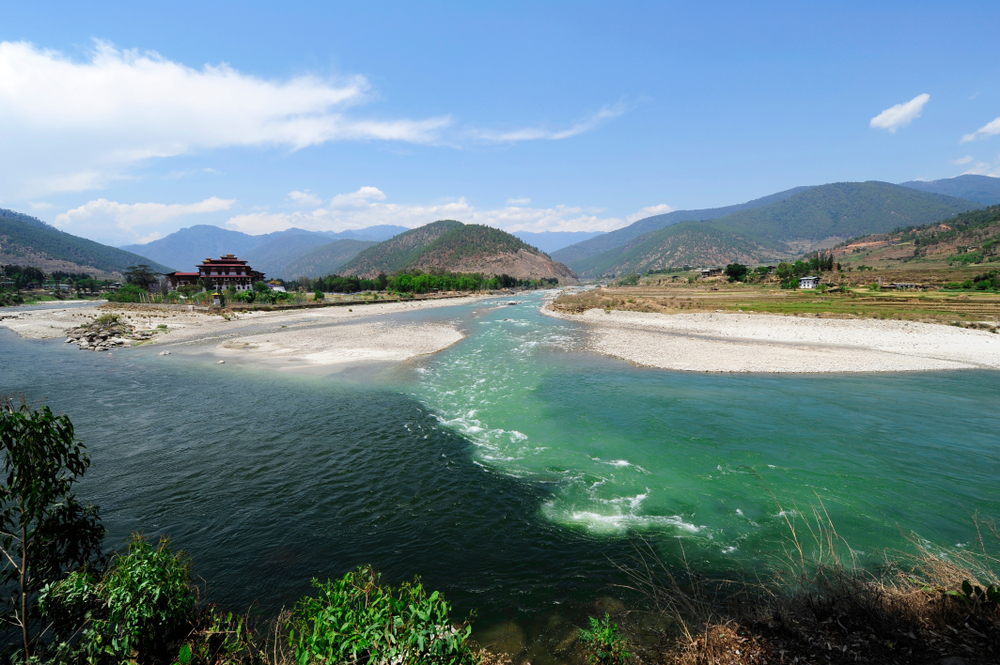
A river is defined as a body of water that flows into a larger body of water, such as an ocean or lake. To get there, a river will want to take the path that is easiest, and gravity will be its friend here.
Where and how the river flows depends on the origin and its headwater, and also the mouth which is the river’s final destination.
Table of Contents
What is a river?
Although it is known that rivers will flow either north to south, or in some cases south to north, they are never straight lines. Twists and turns will be hallmarks of a river due to how the natural geography that surrounds it shapes the river.
A river is defined as a body of water that flows into a larger body of water. A river is comprised of many parts that determine what the characteristics of the river will be.
Typically, a river will flow north to south as a result of oceanic and lake positions, and also due to equatorial climates impacting water flow.
Still, some factors will cause a river to flow south to north. There are fewer than 100 rivers in the world that flow south to north, and hundreds of thousands of rivers on the planet.
Are there only two rivers that flow north?
When the subject of rivers flowing north comes up, a common misnomer that also comes up is that there are only two rivers in the world that flow north.
Those mentioned are the Nile River in Africa and the St. John’s River in the United States. This just isn’t the case. There are many more rivers in the world that flow north.
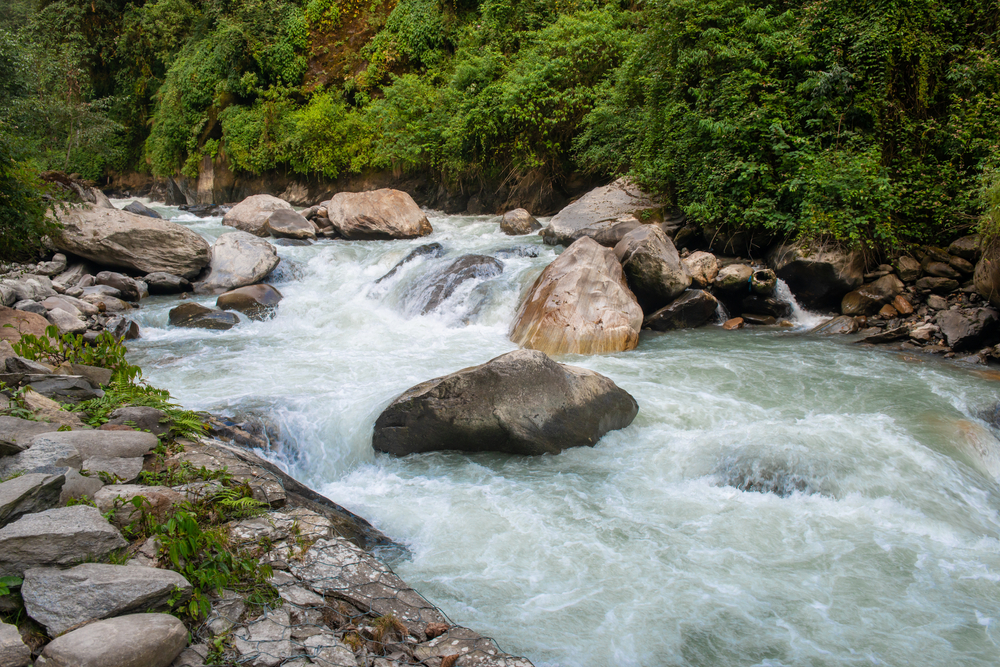
Where and how a river flows is not determined by where the needle of the geographical compass is pointing. Rivers do flow downhill due to gravity.
That is the simple law of the water cycle. It is human almost to consider north as going uphill, but this is just not the case. Nor is this the reason that rivers typically flow south.
How is river flow determined?
The direction of river flow is determined by the topography of the region and the geography of the river. At the start of every river is the headwater, the source of the river that feeds and starts the river.
This headwater is caused by something – springs, waterfalls, or other smaller bodies of water.
The flow of a river is completely determined by where and how the headwater forms the river opening. Headwaters are water formations as well, and all water follows the laws of gravity.
Most rivers will be formed by headwaters flowing south, it’s just nature. Some will not.
Do many American rivers flow north?
It is estimated that 48 rivers in the United States flow north, and those are found across 16 states. Some sources indicate that nine of them occur in Alaska and that eight of them occur in Washington.
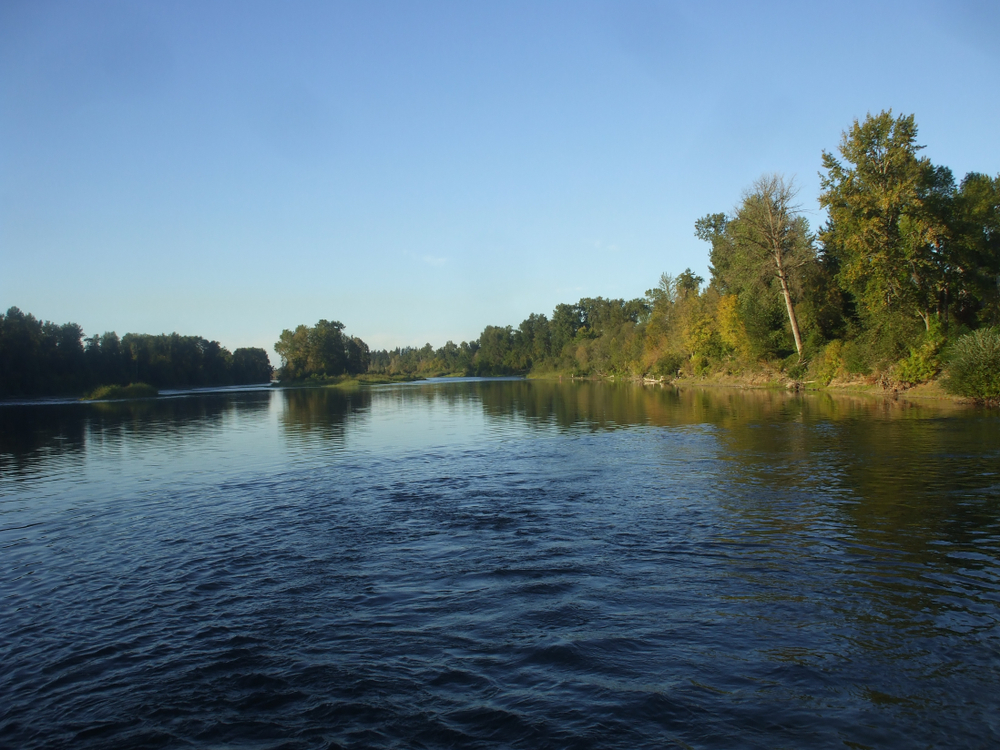
The most commonly known river that flows north is the St. John’s River in Florida. However, the Willamette River in Oregon is also a well-known-flowing river.
Other rivers in the United States that are north-flowing are the Monongahela River and the New River in North Carolina. It has been speculated that before the Ice Age, the New River was flowing south.
What about the Nile River?
When any discussion of rivers flowing north arises, the Nile River is among the first mentioned. This is a river that is the longest river in the world at 4,258 miles.
Naturally, this also makes it the longest north-flowing river.
There are two tributaries to the Nile River. They are the White Nile coming from South Sudan and the Blue Nile in Ethiopia. These tributaries join in Sudan and flow north, through 10 countries to the Mediterranean Sea.
The Nile River is a sight to behold and is worthy of the books, films, and literature about it. It is famous not just for its length.
Also, many historical events have happened here, events that have shaped not just the region but the world. They are still happening today.
That the longest river in the world also flows north speaks volumes about how some geography will outlast certain legends.
What is the Lena River?
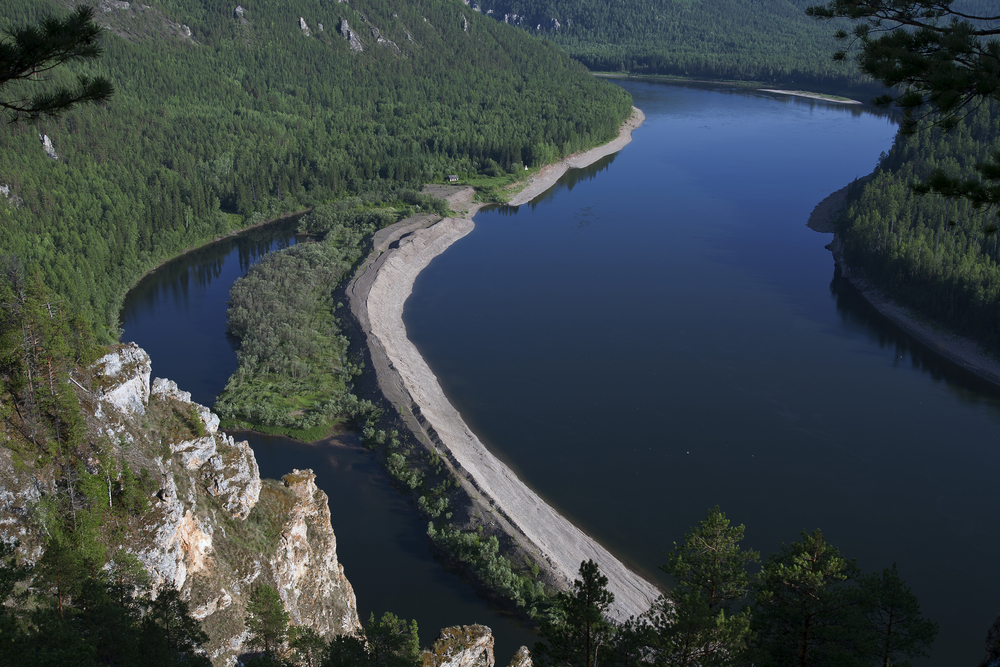
The Lena River is a river in Russia that spans 2,700 miles between the Arctic Sea and the Baikal Mountain range. It runs through Siberia and manages to sustain itself despite the harsh climate there.
Siberia is well known to be home to prison camps for political dissidents. It was considered among the harshest punishments to be exiled there for standing up for freedom.
The floodplain of this river is comprised of tundra and snowy forests that are still home to swans, sandpipers, and geese. Geese in the tundra are the product of a successful river.
The Lena River is freshwater in nature and home to many fish, salmon, and sturgeon.
What is the St. John’s River?
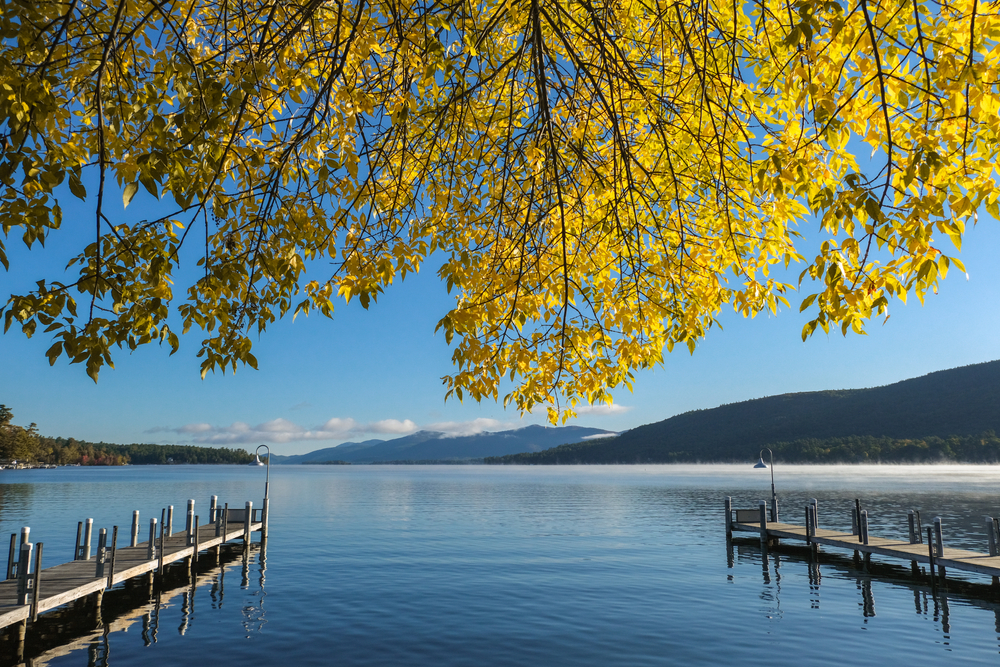
The St. John’s River is a river that begins in Florida and runs up the east coast of the Atlantic Ocean. Its drop is only 30 feet at elevation point and this is the reason it is such a slow river. This river flows directly to Lake George.
The first settlers in Florida arrived 10,000 years ago and were indigenous populations such as the Seminole tribes and the Timucua tribes.
A mission was built at the mouth of the St. John’s River, and it is this mission that gave the river its name.
Learn more about how rivers flow
It is an urban myth of sorts that rivers can only flow south. While it is true that most rivers in the world flow from north to south, it is not true that all rivers do.
A few of the biggest rivers in the world, such as the Nile River in Egypt and the St. John’s River in the United States, flow from south to north.
There are also rivers in Canada, Russia, Germany, and elsewhere that flow from south to north. Largely, however, climates and headwater formations drawing the stream of water will lead rivers to flow south.
The topography of the region, climate, and the needs of the water cycle to the ecosystem at hand will determine where and how the river is flowing.
The science of rivers is fascinating, and you can learn a lot about your own backyard by studying them just a little bit more. Learn about the rivers in your area and why they may or may not flow north.

